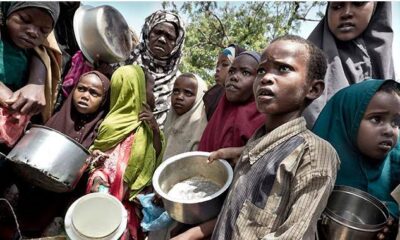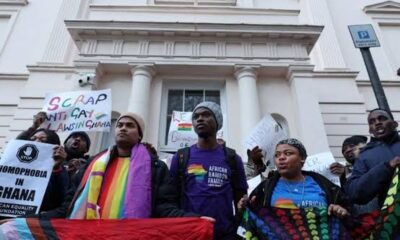Multilateral body, the World Bank, has warned that Nigeria’s lower-than-average growth might affect the economic performance of the West African sub-region.
A recent study from the Washington-based lender on the economic outlook of West and Central Africa stated that economic growth in the area would rise from 3.2% in 2023 to 3.7% in 2024 and then even faster to 4.2% in 2025–2026.
“In AFW, economic activity is set to increase from 3.2 per cent in 2023 to 3.7 per cent in 2024 and further accelerate to 4.2 per cent in 2025–2026. The subregion’s performance will be held back by the lower-than-average growth in Nigeria. Excluding this country, the AFW sub-region is projected to grow by 4.4 per cent in 2024 and 5 per cent in 2025–2026.” it noted.
The study also said that the West African Economic and Monetary Union’s economies would grow by 5.9% in 2024 and by 6.2% in 2025. This was because Benin, Côte d’Ivoire, Niger, and Senegal were all doing considerably well economically.
A report from the World Bank said that Nigeria’s economy would grow by 3.3% in 2024 and by 3.6% in 2025–2026. This is because macroeconomic and fiscal changes are starting to show results. It said that the oil market should become stable with prices going down a little and production going back up.
“A more stable macroeconomic environment, as the reforms’ initial shock dissipates, will lead to sustained but still slow growth of the non-oil economy. The oil sector is expected to stabilise with a recovery in production and slightly lower prices.
“Structural reforms will be needed to foster higher growth. Average inflation will remain elevated at 24.8 per cent in 2024, although it is expected to ease gradually to 15.1 per cent by 2026 on the back of monetary policy tightening and exchange rate stabilisation.”
In the world, Sub-Saharan Africa has the highest rate of extreme poverty, the most unequal distribution of wealth, and the slowest link between growth and poverty reduction. It said, “In 2019, 700 million people lived in extreme poverty, and 60% of them were in Sub-Saharan Africa.”
In 2022, Nigeria’s National Bureau of Statistics said that 133 million people, or 63% of the population, were multidimensionally poor because they did not have access to health care, schooling, or decent living standards. They were also unemployed and had experienced shocks.


 Politics2 days ago
Politics2 days ago
 Musings From Abroad2 days ago
Musings From Abroad2 days ago
 VenturesNow2 days ago
VenturesNow2 days ago
 VenturesNow2 days ago
VenturesNow2 days ago

























